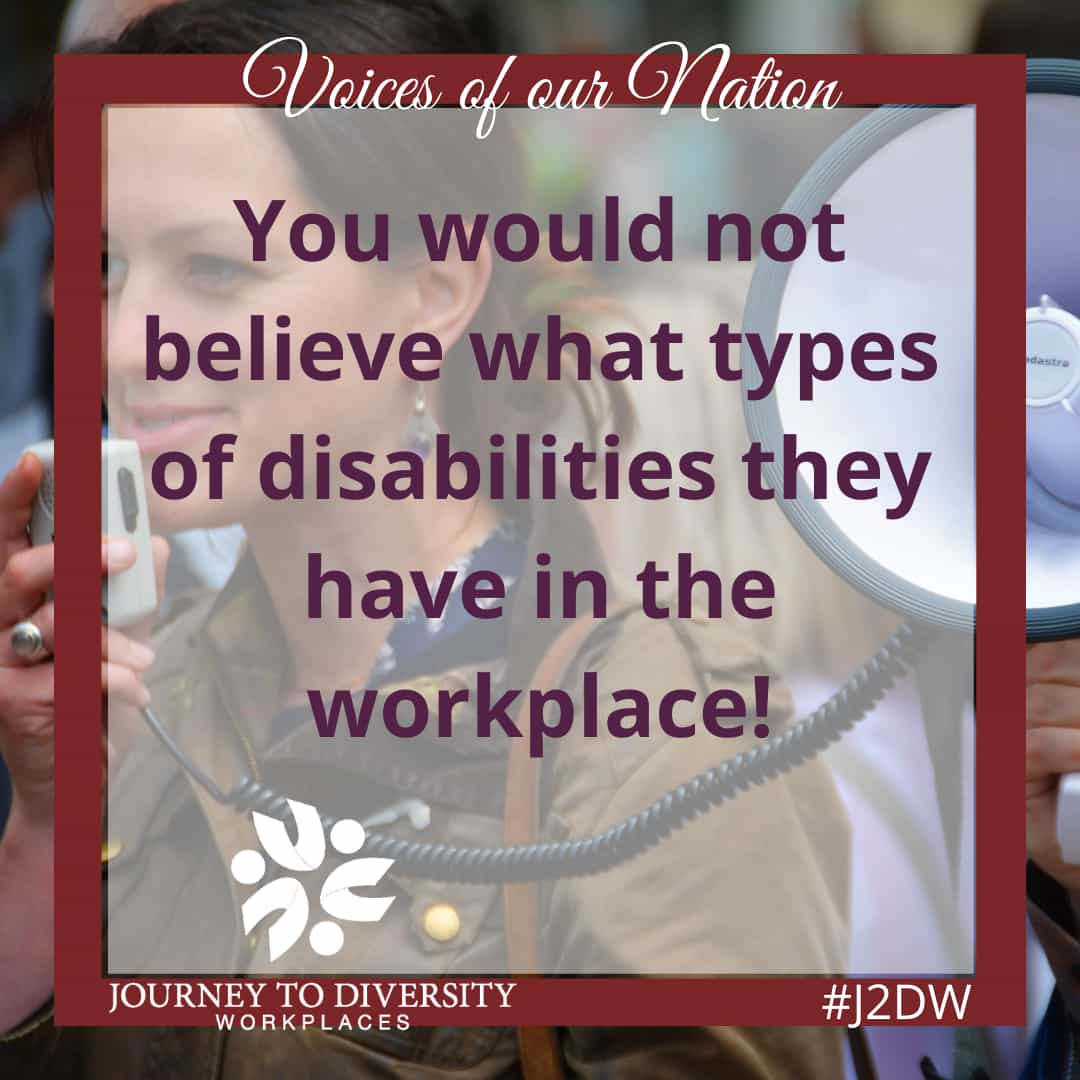A disability can be defined as the consequence of an impairment that may be physical, cognitive, mental, sensory, emotional, developmental, or some combination of these. A disability may be present from birth, or occur at any time during a person’s lifetime. A progressive disability is an illness or medical condition that is expected to worsen over time. Well known examples of progressive disabilities include multiple sclerosis, carpal tunnel syndrome, Parkinson’s disease, dementia, and Alzheimer’s disease. Intermittent disabilities are short-term impairments or temporary conditions that do not permanently disable a person. Examples of intermittent disabilities include arthritis, chronic fatigue or depression. Any person can be directly or indirectly affected by an intermittent or progressive disability at some point in their life.
Disabilities are a significant concern in Canada due to an aging Canadian population. Approximately 3.8 million Canadians have a disability. Disabilities are categorized as visible or invisible. A visual disability is an impaired condition or function that is noticeable to other people. Seventy percent of Ontarians have a visual disability including autism, down syndrome, and epilepsy. Invisible disabilities are impairments that are not immediately perceivable by other people. Thirty percent of Ontarians have an invisible disability. Examples of invisible disabilities include fatigue, pain, cognitive dysfunctions and mental disorders, as well as hearing and eyesight impairments.
People with disabilities in Canada represent a large, untapped, labor pool. There are reportedly 443,900 people with disabilities who are ready and able to work but are unable to find employment. Almost half of these individuals have a post-secondary education. In order to have a fully inclusive workplace, a work environment must be created that is physically, technologically, and attitudinally accessible. Ontario was the first Canadian province to implement accessibility legislation. The Accessibility for Ontarians with Disability Act, or AODA, was designed to improve the accessibility standards for Ontarians with disabilities. The goal of this legislation is to provide people of all abilities the opportunity to participate in everyday life and to eliminate the barriers that limit the effectiveness of an employee. These barriers include physical, architectural, informational or communicational, and attitudinal barriers.
Physical barriers are feature of a building or premises which puts a disabled person at a substantial disadvantage compared to non-disabled people when accessing employment opportunities. These barriers limit or impede access to an area of a building or denies access altogether to services that a person may require to effectively complete their job. Architectural barriers are architectural features that are not compliant with accessibility for disabled users or prohibits usage or access to a building. Reasonable accommodations or adjustments should be made to eliminate these barriers so that each employee can maximize their potential and workplace’s goals for success can be achieved.
Communication barriers are obstacles in a workplace that prevent an effective exchange of ideas or thoughts. These barriers to communication can substantially distort or prevent communication within a workplace. The ability for workplaces to recognize the communication issues and come to a resolution can drastically improve working conditions and business culture of a workplace. Status differences can also be a barrier to workplace communication. This type of communication barrier exists due to differences in workplace hierarchy where employees have difficulty communicating either up or down the corporate ladder. This difficulty can be eliminated by management personnel who are able to understand their employees and address concerns about the important issues that must be addressed in the workplace.
Attitudinal barriers are behaviors or perceptions that prevent employees from communicating properly. Attitudes are commonly formed by an individual’s opinions or personal feelings on a subject or person. Sometimes these opinions may be difficult to alter. Attitudinal barriers may take the form of imposing a preconceived inferiority upon a disabled worker. This inferiority can root from causes entirely outside the work environment and be attributed to a person’s bias or bigotry. Attitudinal barriers can lead to people with disabilities being patronized by those around them. Employees with disabilities should be hired based on their ability to do the job. There are no special processes or procedures for disciplining or firing employees with disabilities who are not meeting performance expectations. An effective way to decrease a workplace’s attitudinal barriers is to increase the level of awareness and knowledge of disability issues.
Employers should be proactive and make accessibility part of the workplace culture. It is critical to assure that the workplace is accessible for current employees and for future employees. The workplace can become more successful when strategies are implemented that increase the accessibility and eliminate the barriers within a workplace.
This article was contributed by volunteer blogger Shan Simpson and edited by volunteer editor Parul Datta.


